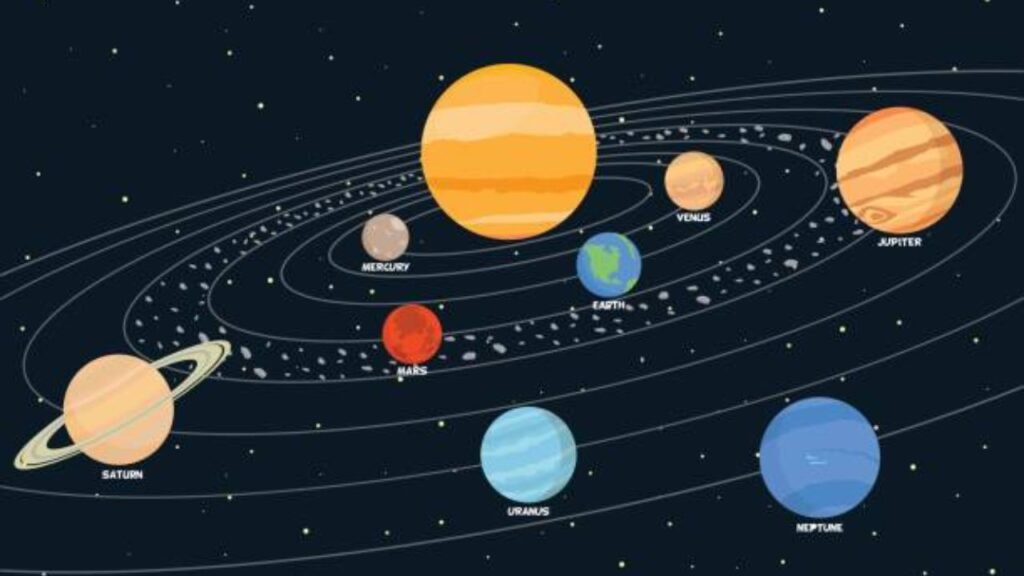The universe holds endless mysteries, and solar system images give us a stunning glimpse into that cosmic beauty. These incredible visuals allow us to see planets, moons, and distant stars like never before. Captured by advanced telescopes and space missions, these solar system images reveal details that help scientists understand the structure, composition, and movement of celestial bodies. Through them, we witness the dazzling rings of Saturn, the dusty red plains of Mars, and the radiant glow of the Sun, each image a window into the unknown. They also help in tracking asteroids and comets, offering clues about the early stages of our solar system’s formation. What makes these pictures even more fascinating is how they connect us emotionally to space, making exploration feel personal and real. Every image reminds us that Earth is just one small part of a massive, interconnected universe.
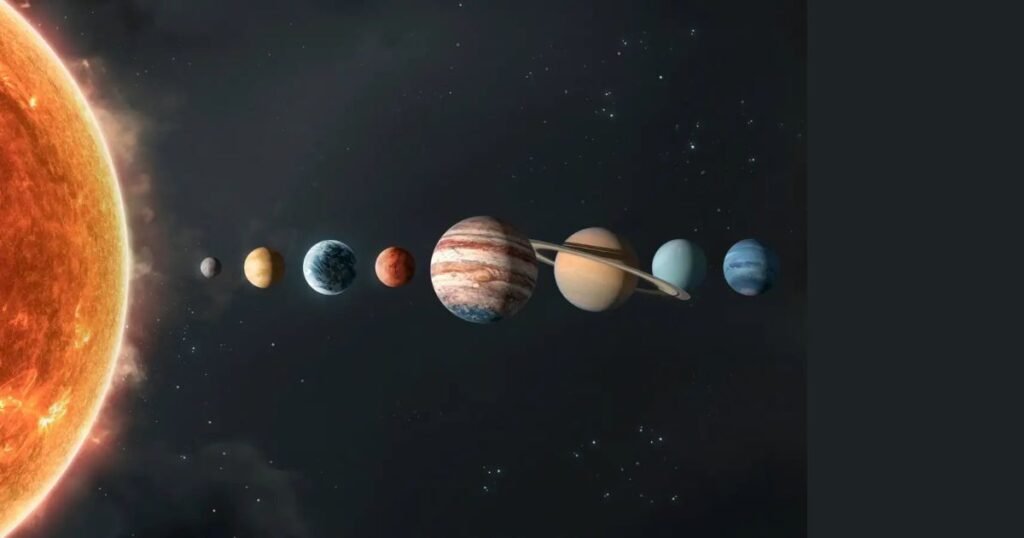



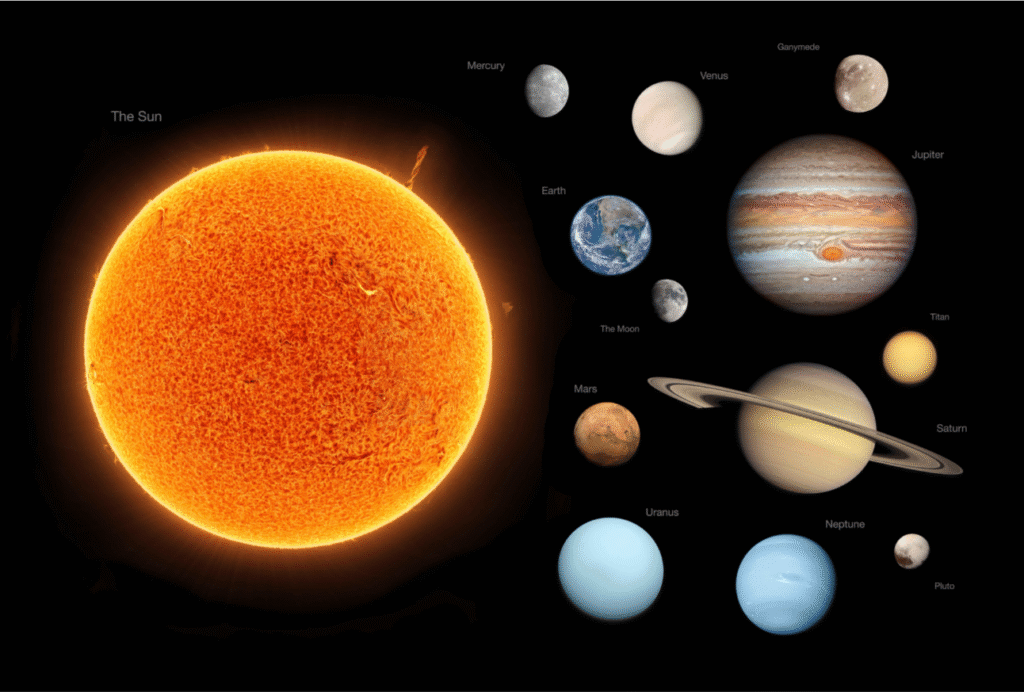




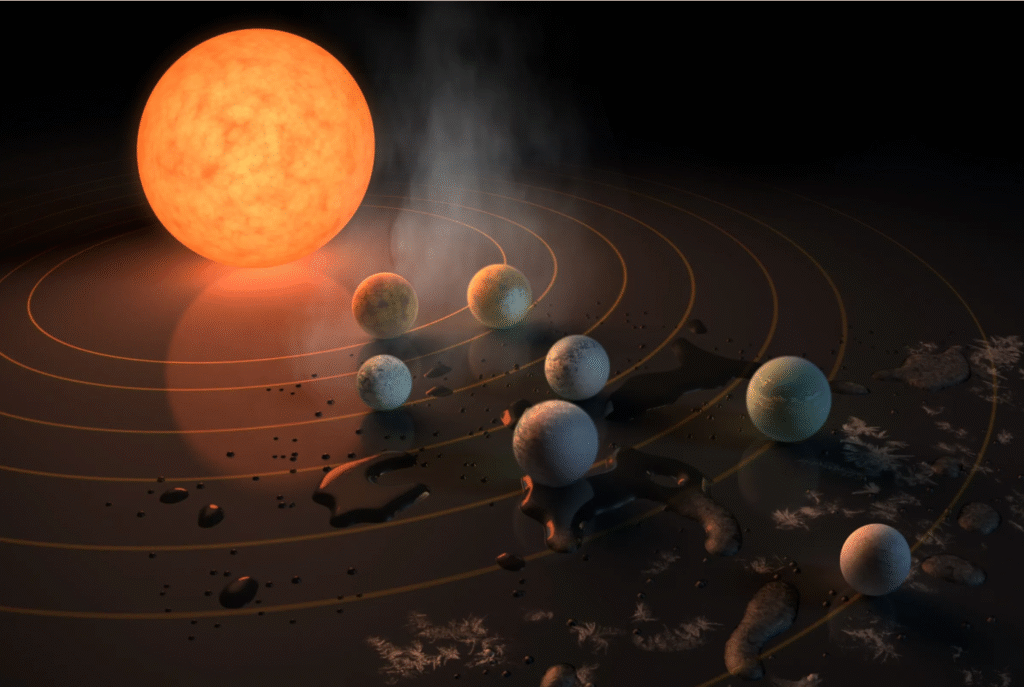
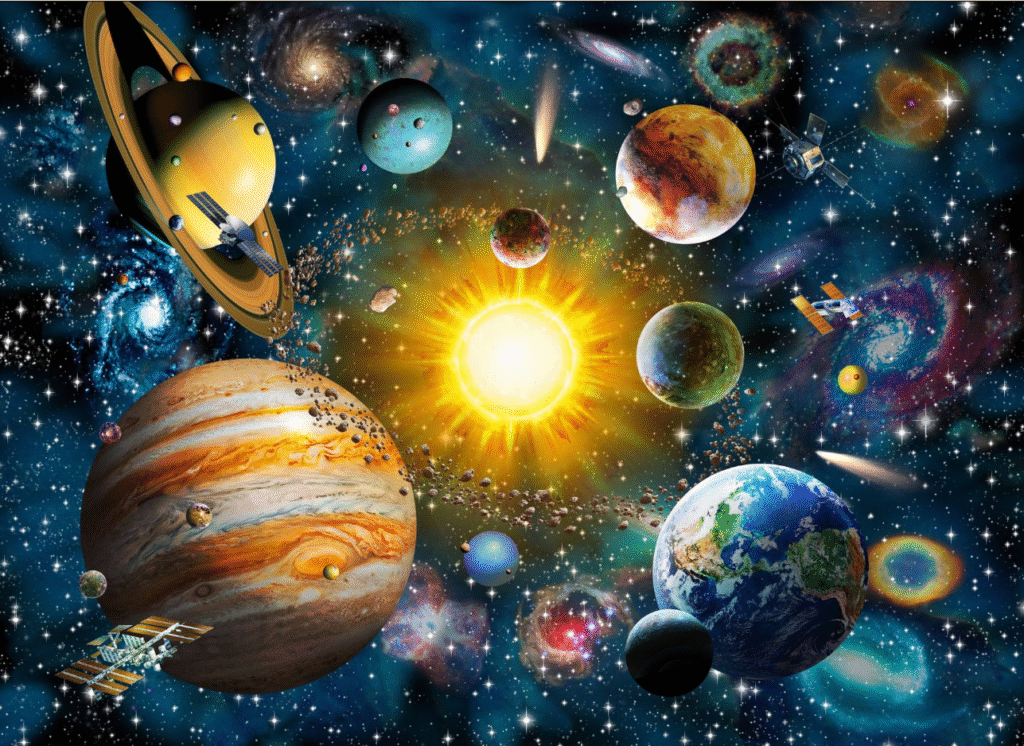



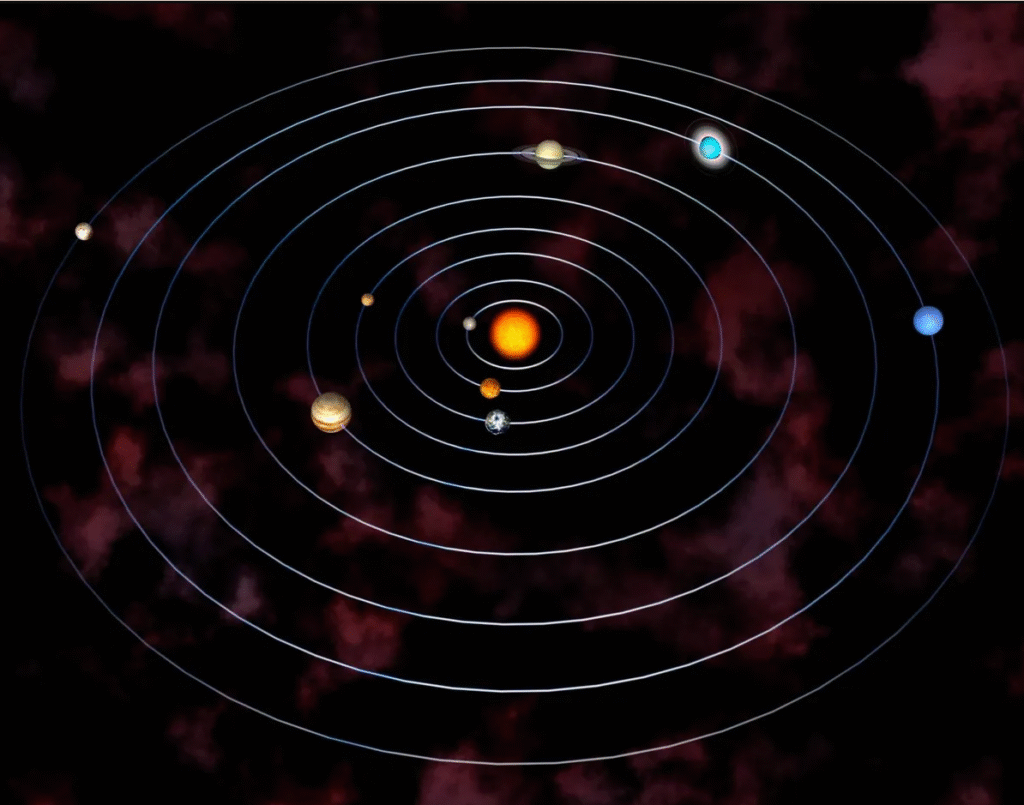





With every new solar system picture, we uncover new stories about how the universe evolves. NASA’s missions like Voyager, Juno, and Cassini have captured images that changed our understanding of space forever. These visuals are not only scientific achievements but also artistic masterpieces that inspire curiosity and wonder. The clarity and color seen in each solar system picture make it easier for researchers to study planetary weather patterns, surface features, and atmospheric changes.
Such discoveries help scientists predict planetary behavior and understand how conditions differ across worlds. The continued exploration of space through solar system images ensures that we keep learning, discovering, and appreciating the vastness that surrounds us. They remind us how small we are, yet how connected we remain to the stars. Each photo captured from millions of miles away is proof of human achievement, a reflection of our endless desire to explore, learn, and dream about what lies beyond our blue planet.
